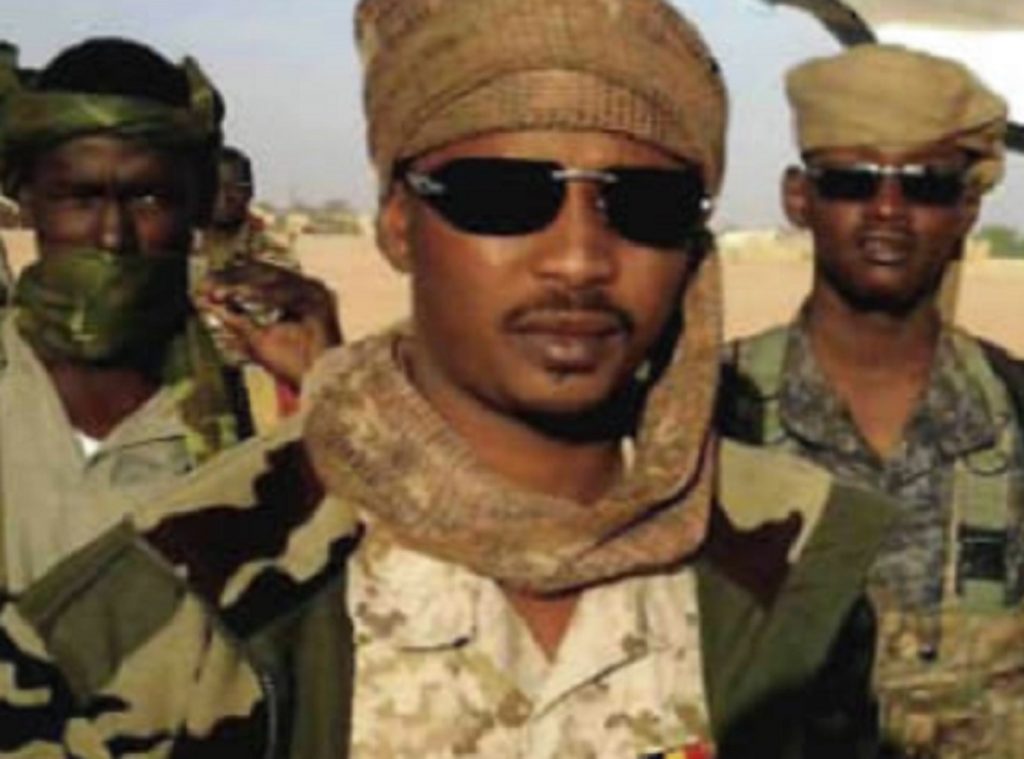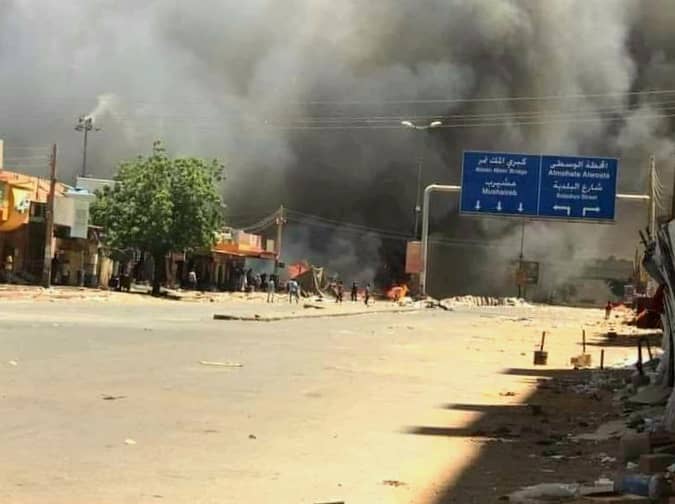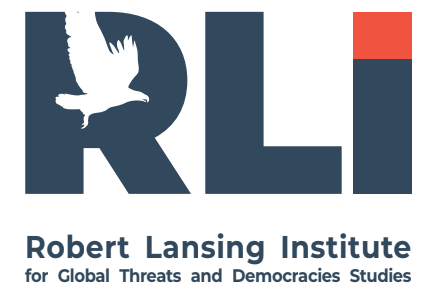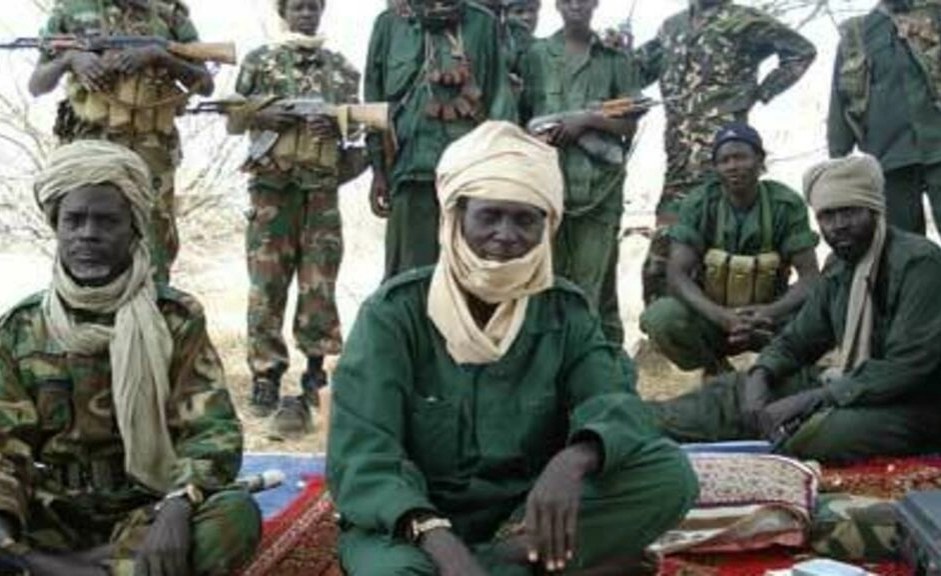In the aftermath of contested presidential elections in May 2024 and amid unresolved internal divisions, Chad is facing mounting political and security tensions. The recent consolidation of power by President Mahamat Idriss Déby Itno and increasing repression of opposition, ethnic marginalization, and insurgent activity point toward a potentially explosive period. These developments pose serious risks not only for Chad’s fragile stability but also for international peacekeeping forces deployed in and around the Sahel region.
2.Post-Election Volatility and Déby’s Dynastic Rule
- May 2024 Elections saw Mahamat Déby elected president following three years of transitional military rule after his father’s death in 2021.
- Despite formal democratic procedures, the electoral process was marred by:
- Violent suppression of protests
- Exclusion of strong opposition figures (notably Succes Masra, who later accepted a vice-presidency under pressure)
- Media restrictions and reports of vote manipulation
- The Déby dynasty maintains control over the Zaghawa-dominated military, sidelining other ethnic groups (e.g., Toubou, Arabs, Sara), sowing deeper divisions.
3. Key Drivers of Instability
A. Ethnic and Regional Tensions
- Zaghawa domination of the armed forces and government fuels resentment among:
- Southern groups (Sara, Mbaye) demanding greater representation
- Northern Arab tribes and Toubou with transnational ties to Libya, Niger
- Chad’s north-south divide remains a deep fault line
🧨 B. Suppressed Opposition and Civil Unrest
- Crackdowns on pro-democracy groups (e.g., Wakit Tama)
- Youth unemployment, inflation, and state repression fuel potential urban unrest
🧨 C. Insurgency Threats
- Return of rebels like the Front for Change and Concord in Chad (FACT), previously responsible for the attack that killed Idriss Déby Sr.
- Mercenary networks linked to Libya, Sudan, and Wagner-rotated forces could embolden these groups
D. Spillover from Neighboring Conflicts
- Sudan’s civil war, Libya’s instability, and Niger’s junta generate arms flows and mercenary recruitment opportunities
4. Scenarios of Escalation
| Scenario | Description | Trigger Event | Intensity | Risks for Peacekeeping |
| Low-Intensity Repression & Resistance | Continued urban protests; localized rebel activity | New opposition arrests or election cancellation | Medium | Harassment of aid groups, need for increased UN protection |
| Targeted Rebel Offensive | FACT or allied rebels mount raids in the north | Libyan/Sudanese border mobilization | High in north, limited in capital | Threat to UN or French convoys in border areas |
| Nationwide Civil Conflict | Multi-ethnic insurgency or military split (e.g., Toubou defection) | Assassination, mass repression, or economic crisis | Severe | Full evacuation of peacekeepers, collapse of border control |
| Coup or Military Fragmentation | Internal army rift among ethnic lines | Loss of Déby legitimacy or split in command | Moderate to high | UNSOS or MINUSMA redirection, regional destabilization |
| Foreign Intervention | Neighboring states (e.g., Libya groups, Sudanese RSF) intervene | Rebel gains or ethnic targeting | High risk, proxy dynamics | Risk to French/UN missions, refugee flows, Sahel-wide volatility |
5. Risks to International Peacekeeping & Regional Security
A. UN Missions
- MINUSMA (Mali) withdrawal may lead to redeployment pressure on Chad
- If full conflict erupts, UN logistics hubs in N’Djamena and Abeche are vulnerable
B. French Military Presence
- France maintains a strategic base in N’Djamena, critical for Sahel ops (Opération Barkhane)
- Any anti-French protests or rebel control of airstrips may force French disengagement
C. AU and ECOWAS Peace Efforts
- Chad is a linchpin in Sahel-wide counterterrorism
- Instability could unravel joint task force initiatives against Boko Haram and ISWAP
D. Refugee Crisis and Humanitarian Access
- More than 400,000 Sudanese refugees are already in Chad
- Further conflict would displace tens of thousands internally and toward Cameroon/CAR
6. International Response Options
| Action | Who Can Lead | Objective |
| Diplomatic pressure on Déby to broaden political inclusion | France, AU, UN | Prevent civil escalation, regain legitimacy |
| Pre-positioning peacekeeping contingents near borders | UN, EU | Protect humanitarian corridors |
| Strengthen border monitoring & arms interdiction | US AFRICOM, French drones | Limit rebel mobilization from Libya/Sudan |
| Mediation with rebel factions | Qatar, UAE (as in Darfur talks) | Reduce cross-border insurgency |
| Targeted sanctions on repression figures | EU, UK, U.S. | Deter military hardliners from cracking down |
7. Strategic Outlook
Chad may soon enter a fragile and dangerous phase, with pressures converging from internal repression, ethnic exclusion, regional instability, and a weakened legitimacy structure. Whether the state survives this test or slides into open violence depends on:
- The resilience of civil society
- The restraint of the military elite
- And the speed and credibility of international mediation
For peacekeeping missions and humanitarian actors, contingency planning is urgent — especially if rebel groups or ethnic militias decide to challenge Déby’s monopoly by force.

More on this story: Chad to face turmoil after Déby’s death

More on this story: Deby’s dynasty is likely to continue ruling in Chad

More on this story: General Deby will remain in power cementing loss of democracy in Chad

More on this story: Sudan: spike in violence, as Chad risks losing stability





